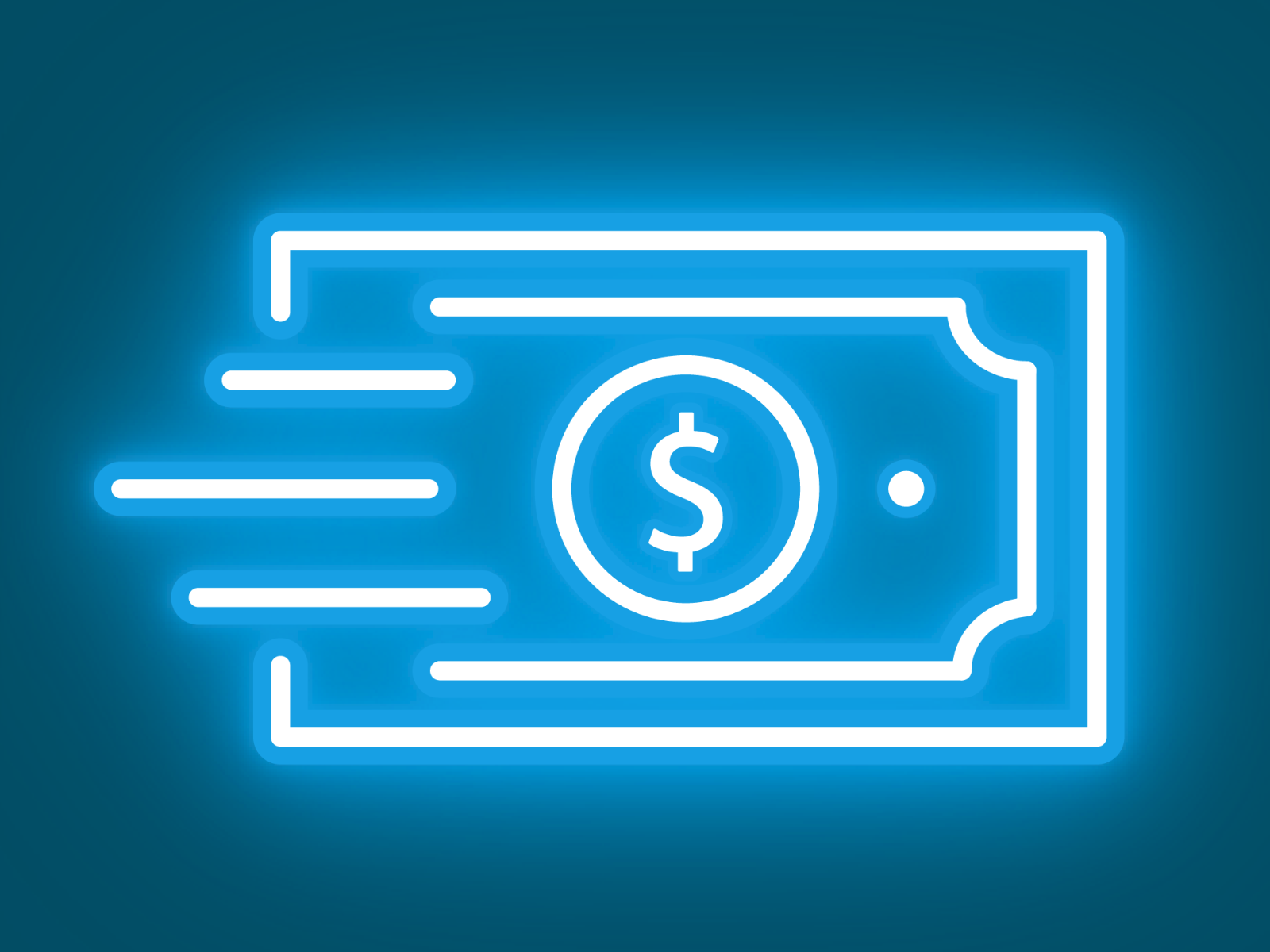On dividend investing

Understanding how dividends work is crucial for personal financial literacy. A dividend is basically the distribution of a company’s earnings. They can be distributed to stockholders monthly, quarterly or annually. Quarterly distribution is the most popular option among all.
Assume you own an Intel stock. In principle, Intel Corporation is responsible for distributing a proportion of its earnings to its stockholders, as you trusted in the company and invested your own capital for them to operate on a larger scale.
Well, the term “responsibility” is abstract here. Some major companies, namely Alphabet, the parent of Google, prefers not to distribute dividends and reinvests all of its earnings for its own operations. Distributing dividends or reinvesting all of the earnings is the decision of the board of directors.
Dividend amounts and payment dates are also determined by the board of directors. A company may distribute 2% of its earnings for one year, and the following year the board of directors may want to reinvest earnings more through ceasing the distribution. Two years later, the board of directors may distribute 5% of its earnings to attract investors.
As it can be noticed, dividends create an expectation among investors. The stock price keeps affecting their portfolio value, and dividends generate a passive income opportunity.
From the investors’ side, dividends can be received as cash into their investment accounts, or they can be received and reinvested automatically to the same company.
This is the most simple explanation of what a dividend is. There are key concepts such as dividend yield, payout ratio, ex-dividend date, payment date and dividend aristocrats. I will be covering them in other articles.




